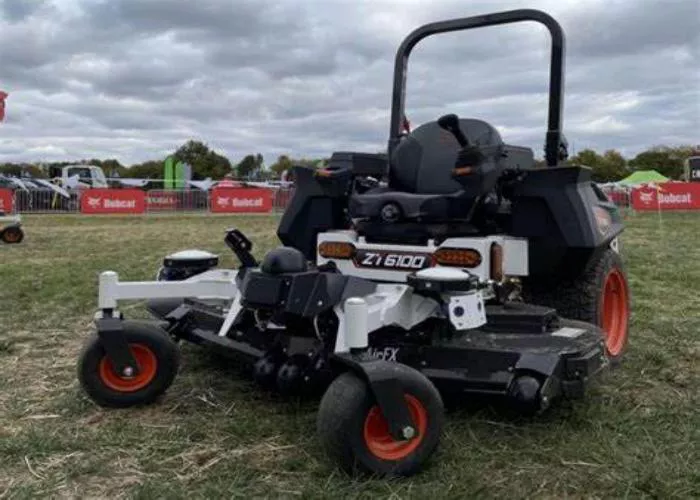As labor shortages and rising costs challenge landscapers, autonomous commercial zero-turn mowers are emerging as a game-changing solution. Companies like Scythe Robotics now offer these robotic mowers as a service—eliminating equipment purchases, reducing maintenance burdens, and cutting operational costs by up to 40%. With advanced sensors, battery power, and subscription-based pricing, this technology could revolutionize commercial lawn care. But will safety concerns and adoption hurdles slow its rise? The robotic mowing revolution may arrive sooner than expected.
How Robotic Mowing Could Transform the Landscaping Industry
The landscaping industry is on the brink of a major shift as autonomous commercial zero-turn mowers enter the market—not just as equipment purchases, but as a service. This model could alleviate staffing shortages, reduce costs, and streamline operations for professional landscapers.
The Evolution of Autonomous Mowing Technology
Discussions about autonomous mowers in commercial landscaping date back to at least 2016, when industry leaders gathered at events like Husqvarna’s Silent City in Sweden. Early conversations focused on remote applications, but the real demand emerged for residential and commercial properties where landscapers sought to reallocate crews to tasks like trimming and edging.
At the time, limitations in GPS accuracy and LIDAR technology made widespread adoption impractical. However, advancements in real-time mapping, sensor arrays, and battery efficiency have since paved the way for viable autonomous solutions.
The Service Model: Leasing Over Ownership
A groundbreaking concept gaining traction is leasing autonomous mowers rather than purchasing them outright. This approach offers several advantages:
Reduced Maintenance Burden: Service providers handle upkeep, freeing landscapers from costly repairs and downtime.
Battery-Powered Efficiency: Aligning with industry trends, these mowers are electric, eliminating gas-related expenses and compliance issues.
Lower Upfront Costs: Instead of heavy capital investment, businesses pay predictable leasing fees, integrating expenses into their operational budgets seamlessly.
Safety and Liability Concerns
Deploying autonomous zero-turn mowers on large commercial properties raises valid safety questions. Key considerations include:
Obstacle Detection: How effectively can the mower navigate unpredictable environments?
Liability Coverage: Who assumes responsibility in case of accidents or property damage?
Operational Protocols: Will properties need to be cordoned off during mowing sessions?
Companies like Scythe Robotics are addressing these challenges with advanced safety features, but widespread adoption will require clear industry standards and insurance solutions.
Scythe Robotics: A Pioneer in the Field
Scythe Robotics has emerged as a frontrunner with its M.52 autonomous zero-turn mower, currently in preorder phase. Key specifications include:
- 52-inch cutting width with adjustable heights (1.5 to 6 inches).
- Multi-sensor navigation, including 8 HDR cameras, ultrasonic sensors, and GNSS for 360-degree awareness.
- Battery-powered operation, delivering performance comparable to 20 HP gas engines.
The company claims its service model could save landscapers up to 40% compared to traditional gas-powered mowing, though exact pricing depends on acreage and infrastructure needs.
The Road Ahead
While autonomous mowers are already popular in European residential markets, U.S. commercial adoption has been slower. Scythe’s 2022 production is fully booked, with deliveries expected in late 2023 and 2024. If the promised cost savings materialize, the industry could see rapid transformation—ushering in an era where robotic mowers handle large-scale properties while human crews focus on higher-value tasks.
For landscapers weighing the leap, the question is no longer if autonomous mowing will become mainstream, but how soon.
Related topics:
- GRAZE AUTONOMOUS MOWER | GPS, SOLAR, AND COMMERCIAL APPLICATIONS
- TOADI SELF-DRIVING LAWN ROBOT | AI-BASED MOWING
- USING COMMERCIAL ROBOTIC LAWN MOWERS | KNOW THE LANDSCAPE

